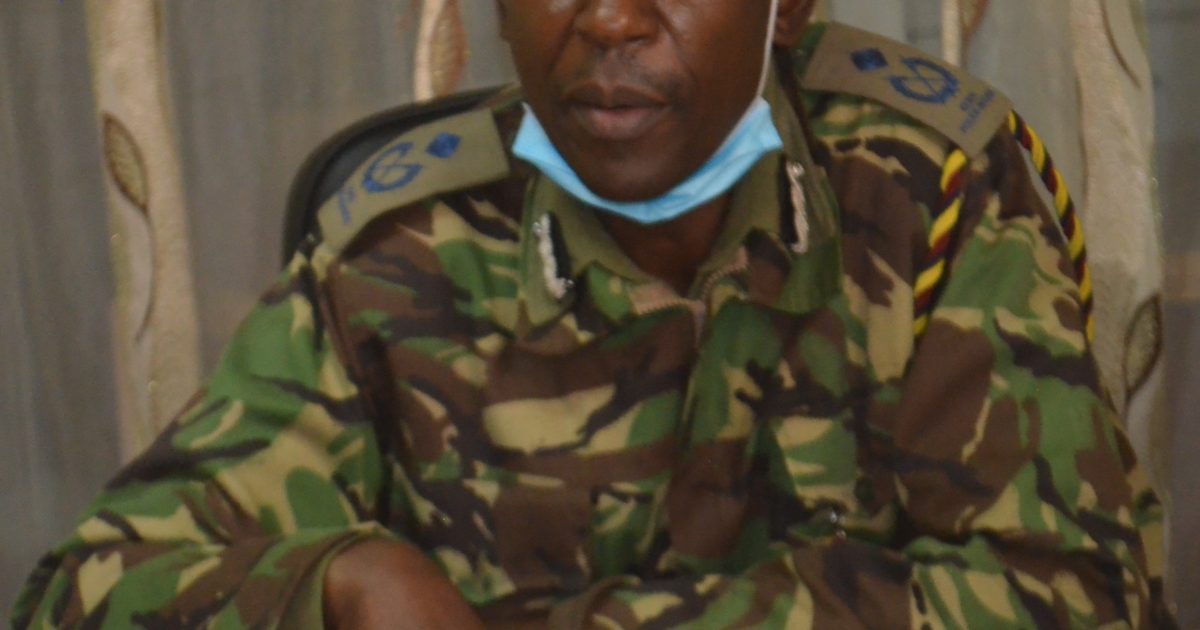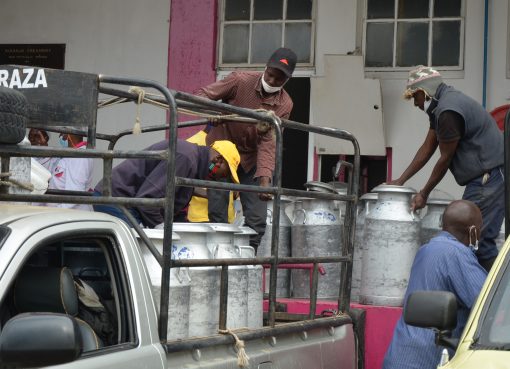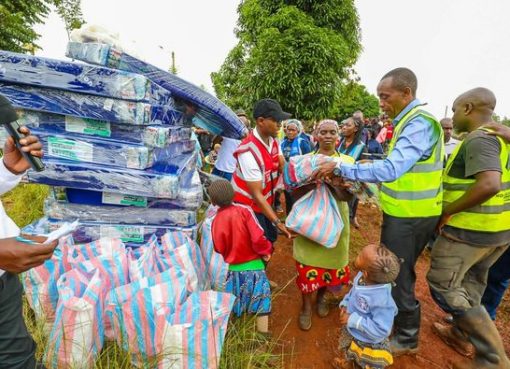A 14-year-old boy was killed by a lion at Olaro Orok Conservancy in Narok West Sub-county on Sunday.
Confirming the incident, Narok County Police Commander Mr. John Kizito Mutoro said the victim, Mutiarin Maatany who is a pupil at Oloigero primary school in Talek area was herding animals when he was attacked by a marauding lion which ate part of his body.
“Only the right side of the body was found after the animal attacked the boy at around 5:30 in the evening and fed on his flesh,” he said.
The body remains are lying at Narok Referral Hospital Mortuary pending postmortem and further investigations into the incident.
Narok county earns more than 60 per cent of its income from wildlife, with the famous Maasai Mara game Reserve, acclaimed worldwide for its spectacular wildebeests’ migration, providing the bulk of this revenue.
But there has been an increase in incidences of human-wildlife conflict in the areas bordering the renowned Game Reserve, where several lives have been lost in the recent past, with others being injured by wildlife, bringing to the fore the ever-thorny issue of human-wildlife conflict in the region and the country at large.
Experts now say environmental degradation and increasing settlements due to population pressure had caused the wildlife in the famous Maasai Mara Game Reserve to move out and this has brought about conflicts.
The rampant destruction of Mau water tower, demarcation and fencing of land for settlement in the County that largely depend on tourism has equally interfered with wildlife migratory corridors or dispersal areas, leading the wildlife to flee, hence human-wildlife conflict.
Tourism Cabinet Secretary Najib Balala while appearing before the Parliamentary Committee on Tourism and Wildlife late last year, said his ministry has between 5,000 to 6,000 pending injury cases with the government owing more than Sh2.5 billion to the injured persons or the next of kin of those killed by wild animals up to the year 2014.
Balala claimed the delayed compensation remittances was due to the inadequate financial allocation by the National Treasury.
“This has been challenging and we have forwarded to the national treasury the balance of 2014 to 2017 in terms of pending bills which is over Sh2.5 billion,” said the CS.
He also pleaded with the Committee to push for more funds for human-wildlife conflict, saying monies allocated for 2020/2021 financial year will not meet backlog of cases. This means these figures are much higher since this figure does not include those waiting compensation from the year 2015 to date
Balala had earlier in 2019 been quoted saying the government needs Sh10 billion to compensate victims in 14,000 cases of human-wildlife conflict which at that time included up to 2019.
In 2013, the country came up with strict sentences for wildlife offenders under the new Wildlife Conservation and Management Act 2013, which has imposed stiffer penalties for wildlife related offenses in order to save our wildlife, but also enhanced compensation for victims of human-wildlife conflict.
For instance, the law stipulates a compensation of Sh. 5million for someone killed by wildlife, Sh3million for permanent disability and Sh2million for other injuries. Compensation for property destroyed by wildlife was also enhanced.
But this has left a heavy compensation burden on the taxpayers where many victims of this conflicts have not been paid for a long time.
Ends/





